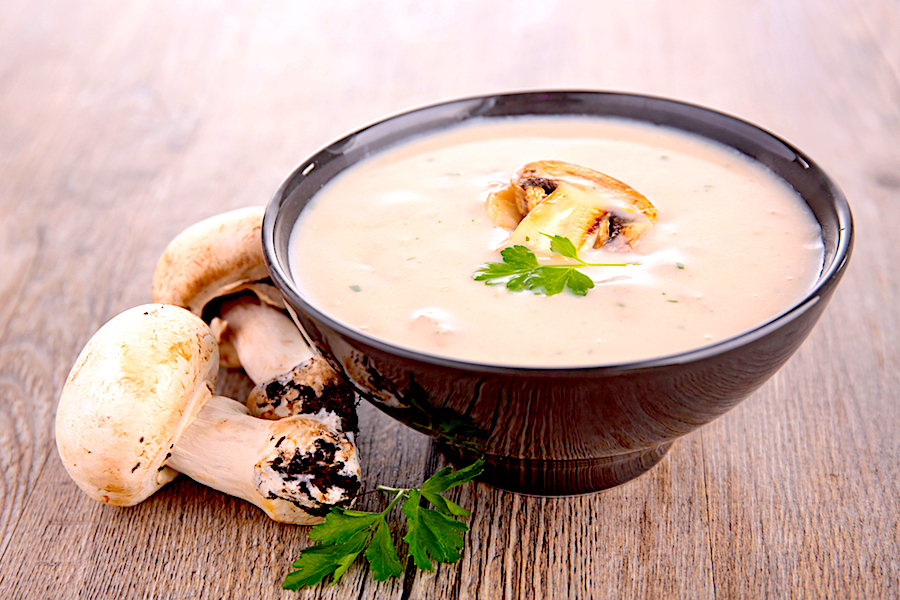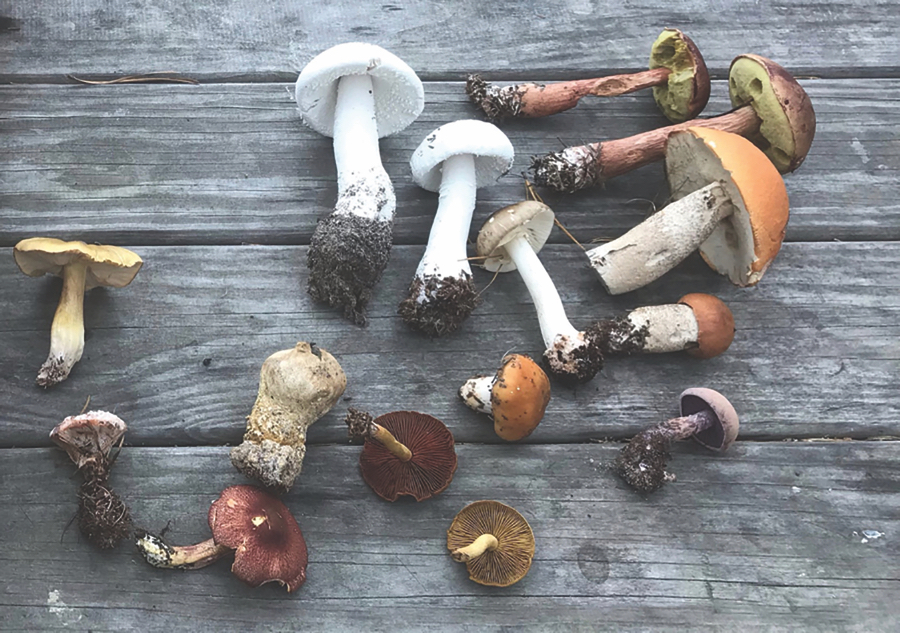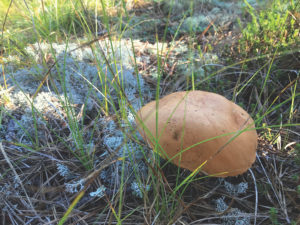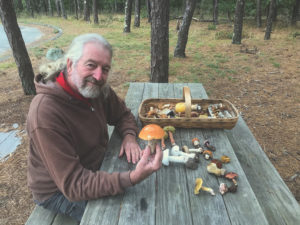The Red Ones and the Brown Ones
My friends Vida Rimkuviene and Daneta Kerikas from Boston finally took me with them on their annual mushroom hunt. I’ve never foraged mushrooms on my own because, like so many Americans, while I love fungi, the idea of picking wild ones fills me with the dread of organ failure.
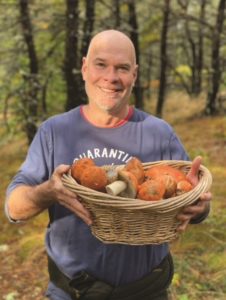
But Vida and Daneta are originally from Lithuania, and they’ve been picking mushrooms in the forest there all their lives. They’ve also been coming to the Cape, camping and foraging near Head of the Meadow Beach in Truro, for 20 years. They pick only the two kinds of mushrooms they are absolutely sure are safe, though there are other edible types in our woods.
Ever practical, they call the mushrooms “the red ones” and “the brown ones” — they are cousins in the Boletaceae family. The question that really matters, though: “Is it a good one?” asks Vida. “Yes!” gushes Daneta. “It’s a perfect one.” And then they photograph it from all angles before gently plucking it from the ground, more pet than plant. —Edouard Fontenot
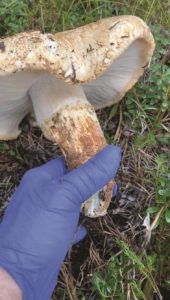
From Russia With Mushroom Love
I always run into foragers in Truro at this time of year. Matthew DeNettis comes from Sutton to forage for city chefs. He gets especially excited about finding the prized matsutakes. But most come from countries where there’s a tradition of mushroom gathering.

I met Boris Kelner and his wife, Violetta, in the woods of Truro last week. The pair come from Bridgehampton on Long Island and stay in the same cottage in Eastham every year when they come to forage in pine-covered, sandy spots here — “our beloved forest!” They’re originally from Leningrad (now St. Petersburg), and Boris told me he learned to pick mushrooms from his father, who always said, “If you don’t know whether it’s edible or not, don’t put it in your basket!”
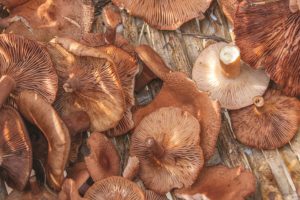
Their baskets looked full of treasures, and Boris and Violetta were happy with their harvest. But, Boris said, this year’s drought did seem to mean fewer mushrooms on the landscape. —Nancy Bloom
